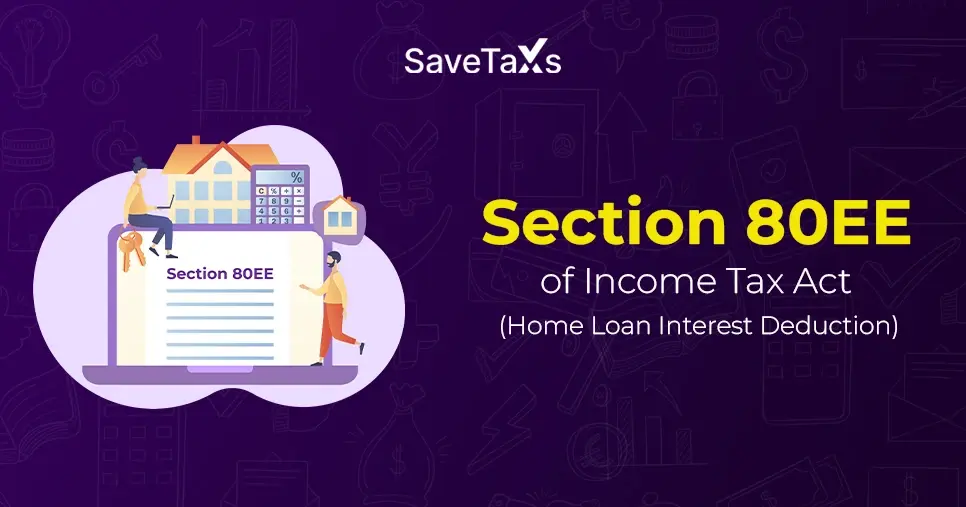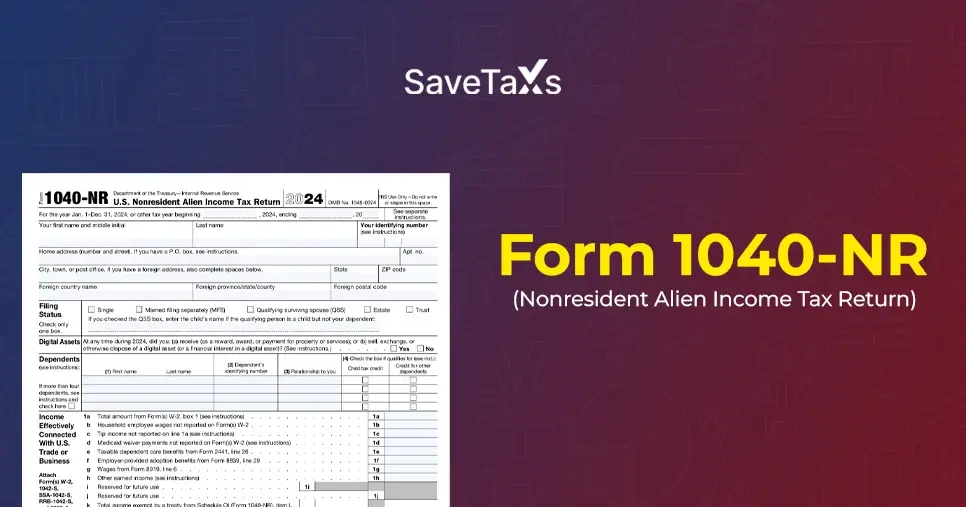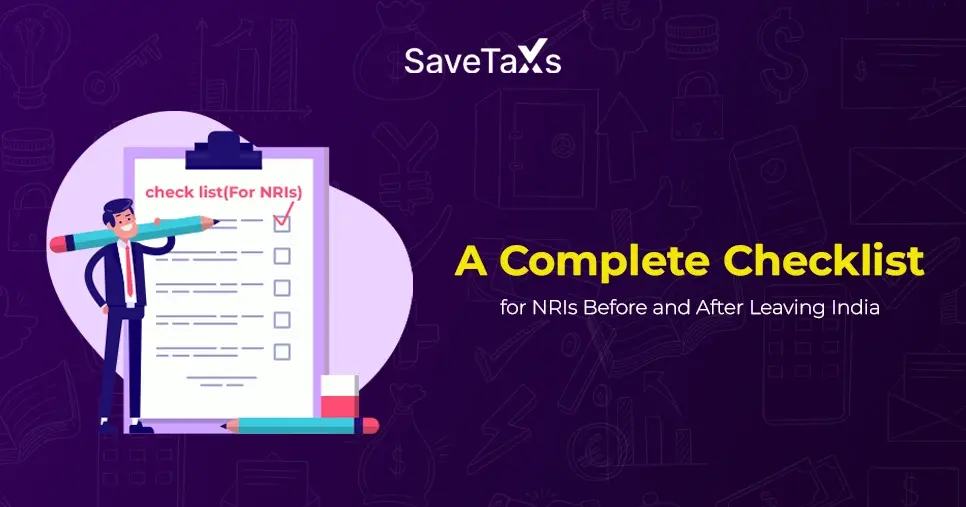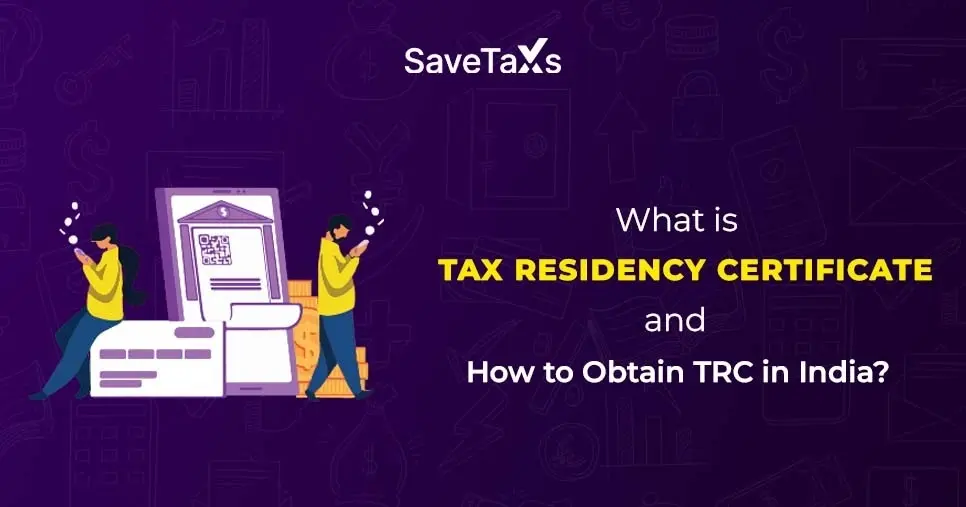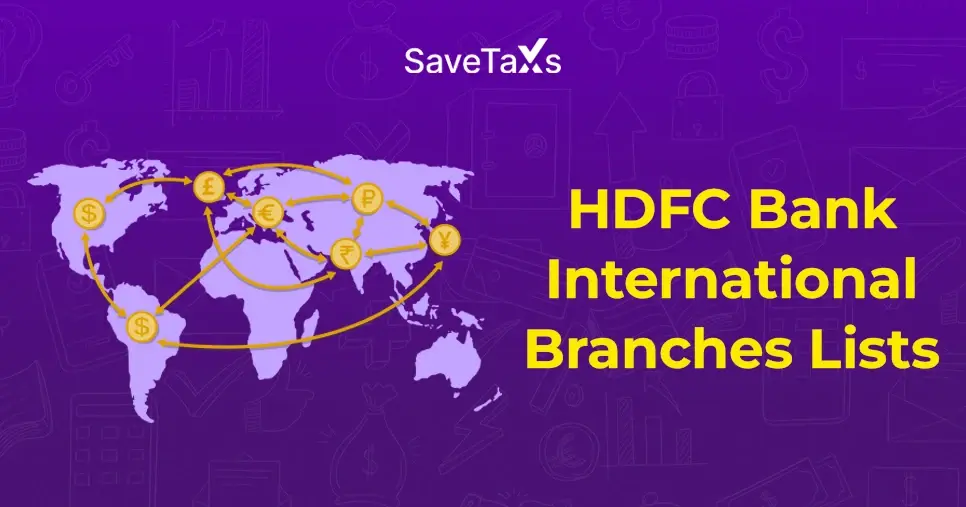- What are Sections 54 and 54F?
- What are the Benefits of an Asset Being Classified as a Long-Term Capital Asset?
- What is the Exemption Amount Available Under Section 54?
- What is the Capital Gains Exemption Limit on the Sale of a House Property?
- What are the Provisions Related to the Sale of Property After Availing Benefits Under Section 54?
- What is the Capital Gains Account Scheme (CGAS)?
- What are the Differences Between Section 54 and Section 54F?
- What are the Common Requirements Between Section 54 and Section 54F For NRIs?
- What are the Benefits of Sections 54 and 54F for NRIs?
- Some Points to Keep In Mind
- Wrapping Up
An NRI might face issues related to tax liability when selling their property or any other assets in India. Under the Income Tax Act 1961, there are two sections, Section 54 and Section 54F, which can help an NRI in saving a significant amount from taxes.
Section 54 provides exemptions from long-term capital gains tax if the gains from the transfer of a residential property are reinvested in purchasing or constructing another residential property. This blog will help you reduce your tax liability strategically by reinvesting the sale proceeds in India's growing real estate sector.
What are Sections 54 and 54F?
Both sections 54 and 54F are beneficial for an NRI who is looking to save on taxes. However, there are some eligibility criteria and other requirements to keep in mind to claim the exemption, which are as follows:
Section 54
Section 54 exempts the taxpayer from taxation on long-term capital gains when an individual, NRI, or a Hindu Undivided Family (HUF) sells a residential property and reinvests the capital gains in buying or constructing another residential property in India within the specified time duration. It helps you to save taxes by reinvesting the gains in a new house property. However, it is subject to fulfilling all the conditions stated under the Section. The main provisions of Section 54 are:
- Eligibility Requirement: An NRI who sells long-term capital assets which has been held for at least 24 months, like residential buildings or lands.
- If the NRI fulfils any of the following conditions:
- A house property has been bought within one year prior to or two years after the date of transfer/sale of the old property.
- Constructed a new residential property within three years of the date of sale/transfer of the property.
- The asset must be a residential house property, with income taxable under "Income from house property".
- Revocation of Exemption: If you sell the residential property within three years, the exemption that was granted earlier will be revoked. Also, the gains will become subject to taxation as short-term capital gains.
- Exemption from Investing in Two Properties: An NRI can claim the exemption for up to two properties only once in their life, provided that their capital gains are under Rs. 2 crores.
- Exemption Limit: An exemption from capital gains of a maximum of Rs. 10 crore is permitted. Under Section 54, any Capital Gains exceeding this limit from the sale of a house property will not be eligible to claim the exemption.
Section 54F
Section 54F offers tax exemption on capital gains that are earned from selling other long-term capital assets (except residential property), like shares, bonds, gold, mutual funds, etc., if the sale proceeds are reinvested in buying or constructing a new house property in India. The main provisions for Section 54F are:
- Eligibility Requirement: An NRI selling long-term capital assets, except for a residential house, like shares, bonds, gold, etc.
- Provided that the NRI fulfils any of the following two conditions:
- Buy a new residential property one year prior to or two years after the date of sale.
- Construct a new house property within three years of the specified sale date.
- Tax Exemption: When you reinvest the entire amount, it will be exempt from taxation. However, if you reinvest only a part of the sale proceeds, then the exemption under Section 54F will be available only for that amount.
- Holding More than One Property: During the time of sale/transfer of the original asset, you must not hold more than one house apart from the new house you are buying or constructing, like land, shares, mutual funds, etc.
- Capital Gains Limit: Any capital gains exceeding Rs. 10 crore acquired from the sale of a long-term capital asset will not be eligible to claim exemption under Section 54F.
Note: An NRI selling a property in India might result in capital gains tax, and the buyer must remember to deduct TDS according to the rules of the Income Tax Department.
What are the Benefits of an Asset Being Classified as a Long-Term Capital Asset?
There are several benefits of an asset being classified as a long-term capital asset, such as:
- Access to Exemptions: Certain exemptions under the Income Tax Act, like Section 54, 54EC, and 54F, are exclusively available for long-term assets.
- Indexation Benefits: It allows the purchase price to be adjusted for inflation, which helps in lowering taxable gains.
- Tax Options for Land and Building: As of July 2023, taxpayers can choose to pay tax at 12.5% without indexation or opt for 20% with indexation, depending on which option is more advantageous.
What is the Exemption Amount Available Under Section 54?
Under Section 54 of the Income Tax Act, the exemption amount for long-term capital gains is determined by taking the lesser of the following two values:
- The long-term capital gains generated from the sale of a residential house.
- The amount invested in purchasing or constructing a new residential house property. Any remaining capital gains (if applicable) will be subject to taxation.
For Example:
Mr. Sharma sells his bungalow (residential property) for Rs. 45,00,000. He bought another villa for Rs. 20,00,000 by using the amount he received through the sale of his bungalow. In this case, the capital gains will be calculated as follows:
| Particulars | Amount in INR |
|---|---|
| Capital Gains received on the sale of a residential house | 45,00,000 |
| Less: investment made in a new residential house property | 20,00,000 |
| Total Amount of Taxable Capital Gains | 25,00,000 |
The exemption amount will be the lower of the capital gains (Rs. 45,00,000) or the investment made in the new property (Rs. 20,00,000), so the exemption will be Rs. 20,00,000.
What is the Capital Gains Exemption Limit on the Sale of a House Property?
According to Budget 2023, the long-term capital gain exemption will be limited to Rs. 10 crore on the sale of:
| Amendment Sections | Sale of | Amount of Sale Proceeds Invested in | Exemption Amount |
|---|---|---|---|
| Section 54 | Residential Property | New Residential Property | 10 crores |
| Section 54F | Any long-term asset, apart from a house property | New residential property | 10 crores |
What are the Provisions Related to the Sale of Property After Availing Benefits Under Section 54?
If a newly purchased house is sold within three years of its purchase or construction, any exemption previously claimed under Section 54 will become indirectly taxable in the year the new property is sold. Let's consider two scenarios for when the new house is sold within these three years from the date of purchase/construction:
Case 1: When the cost of the new house is less than the capital gains calculated from the original house
Typically, when a property is sold, the profit is regarded as capital gains. However, if the new house is sold within three years of the date of purchase/construction, the cost of acquisition will be treated as Nil, resulting in an indirect increase in taxable capital gains
Example:
Mr. Z sold a residential property in May 2015, generating capital gains of Rs. 30,00,000. In June 2015, he purchased a new property for Rs. 18,00,000. He subsequently sells the new residential property (purchased in June 2015) in December 2016 for Rs. 35,00,000.
Based on these aforementioned facts, the calculation of taxable capital gains for Mr. Z. FY 15-16 (Property sold in May 2015):
| Particulars | Amount in INR |
|---|---|
| Capital gains on transfer of residential house | 30,00,000 |
| Less: investment made in residential house property | 18,00,000 |
| Balance: Taxable Capital Gains in FY 15-16 | 12,00,000 |
FY 16-17 (Property sold in December 2016)
| Particulars | Amount in INR |
|---|---|
| Consideration for Transfer (Sale Consideration) | 35,00,000 |
| Less: Cost of acquisition | NIL |
| Balance: Taxable capital gains in FY 16-17 | 35,00,000 |
Note: Since the new property for which deduction was claimed under Section 54 was sold within three years, which is December 2016, its cost of acquisition is deemed as NIL, which leads to the entire sale consideration being taxed as capital gains. If Mr. Z had sold the property after three years, he would have been able to deduct the acquisition cost, lowering the capital gains.
Case 2: When the cost of the new house exceeds the capital gains calculated on the sale of the original house.
In a case where the new property's cost is greater than the original capital gains. It follows that there will be no capital gains, as the entire amount is exempt. However, if the new house is sold within three years, the cost of the new house must be calculated by deducting the capital gains claimed previously. Let's understand this with an example:
Mr. X sold a residential property in June 2015, resulting in capital gains of Rs. 25,00,000. He purchased a new property for Rs. 40,00,000 in October 2015 and sold it in January 2017 for Rs. 55,00,000.
Based on the aforementioned capital gains, let's calculate the taxable capital gains for Mr. X FY 15-16 (property sold in June 2015)
| Particulars | Amount in INR |
|---|---|
| Capital gain on transfer of residential house | 25,00,000 |
| Less: investment made in residential house property | 40,00,000 |
| Balance - taxable capital gains in FY 15-16 | NIL |
FY 16-17 (property sold in January 2017)
| Particulars | Amount in INR |
|---|---|
| Consideration for transfer (sale consideration) | 55,00,000 |
| Less: cost of acquisition (refer to working note below) | 15,00,000 |
| Balance-taxable capital gains in FY 16-17 | 40,00,000 |
Working Note: Calculation of acquisition cost (as the property was sold within three years of purchase and Section 54 was claimed).
| Particulars | Amount in INR |
|---|---|
| Acquisition Cost | 40,00,000 |
| Less: capital gains claimed for earlier residential property | 25,00,000 |
| Cost of the new house (to be considered) | 15,00,000 |
What is the Capital Gains Account Scheme (CGAS)?
The Capital Gains Account Scheme (CGAS) enables a taxpayer to claim an exemption on capital gains in cases where they have not yet purchased or constructed a new house within the designated time. If an asset is sold during a financial year, and the new property has not yet been bought (within two years) or constructed (within three years), the capital gains must be deposited into a CGAS account at a public sector bank before the Income Tax Return Filing deadline.
Any amount spent on purchasing or constructing a house, along with the amount deposited in the CGAS, will qualify for an exemption. However, if the deposited funds are not utilized within the specified period, they will be considered taxable income if the financial year in when the three years from the sale of the original assets expires.
What are the Differences Between Section 54 and Section 54F?
| Basis | Section 54 | Section 54F |
|---|---|---|
| Asset type on Sale | Residential House property | Any other asset apart from a residential house property |
| Exemption Amount | To to extent of long-term capital gain that you have invested | Either full or partial exemption will be allowed |
| Additional residential property's ownership | There are no restrictions on the number of residential properties a person can hold at the time of sale/transfer of the original asset | You must own up to one house property when selling the original asset |
| Exemption revocation in case of sale | If a taxpayer sells the new asset within three years of purchase, the tax authorities will revoke the earlier claimed exemption and tax the capital gains as short-term capital gains | If a taxpayer sells the new asset within three years, the tax authorities will revoke the earlier claimed exemption and tax the capital gains as long-term capital gains |
| Exemption revocation in case of a new asset being constructed/purchased | Not applicable- the taxpayer can also buy or construct another asset |
Applicable in case: 1. A new house property, if purchased within two years 2. A new house property if constructed within three years. |
What are the Common Requirements Between Section 54 and Section 54F For NRIs?
If you wish to claim exemptions under Section 54 and Section 54F, you need to meet the following conditions:
- Asset Holding Period: The asset must be held for a minimum of 24 months
- Eligibility for Exemption: The asset sold must be a long-term asset by an NRI.
- Investment Time Duration: In case of purchase, one year prior to or two years after the sale. In case of construction, it must be done within three years.
- Holding Period for New Asset: The new house property must be held for three years after its purchase or construction.
- Capital Gains Account Scheme (CGAS): It permits the taxpayer to deposit capital gains acquired from the sale of a property into a specified account, deferring tax liability and reinvesting the funds in a new house property within the specified timespan under Section 54 and Section 54F of the Income Tax Act.
- Capital Gains Exemption Under Sections 54 and 54F: An exemption of nearly Rs. 10 crore is available.
| Section 54 | Section 54F |
|---|---|
| The entire amount of capital gains has to be invested to claim the full exemption. | The entire sales receipts have to be invested to claim the full exemption. |
| If the entire capital gains are not invested, the amount not invested will be subject to taxation as long-term capital gains. |
If the entire sale receipts are not invested, the exemption will be allowed proportionately. (Exemption: Cost of the new house *capital gains/sale receipts). |
| - | You must not own more than one house property at the time of sale/transfer of the original asset. |
| If you sell the property within 3 years of purchase, then the exemption will be revoked. Additionally, capital gains acquired from the sale of the new house property will be taxed as short-term capital gains. | If you sell the property within three years of its purchase or construction, or if you buy another house property within 2 years from the sale of the original asset, or construct a residential house other than the new house within 3 years of the sale of the original asset, then the exemption will be reversed. Also, capital gains acquired from the sale will be taxed as long-term capital gains. |
| If the capital gains don't go beyond the limit of Rs. 2 crores, an exemption to invest in 2 properties is available for once during your whole lifespan. | No such exemptions are available under this section. |
What are the Benefits of Sections 54 and 54F for NRIs?
Claiming Section 54 and Section 54F comes with a lot of benefits for an NRI, as stated below:
Benefits of Section 54 for NRIs
- Tax Planning: The tax exemption on capital gains helps an NRI to have a better option to plan their taxes by lowering their taxable income.
- Reinvestment Choices: An NRI is eligible to either buy or construct a new house property in India within the specified timespan to avail of all the tax benefits.
- Holding Period: If you don't sell/transfer the property before a period of 24 months, then you can avail of the benefits of long-term capital gains tax treatment.
- Lower Tax Liability: NRIs get the option to reduce their total tax liability that resulted from the sale of a house property by reinvesting their capital gains.
- Long-Term Capital Gains Exemption: If you sell a residential house situated in India and reinvest the sale proceeds in purchasing another residential house property, you are exempt from paying long-term capital gain tax.
Benefits of Section 54F for NRIs
- Time Duration for Investment: An NRI has the option to buy or construct a new house property within a year before or two years after the sale of the original asset, with a three-year construction period.
- Managing Tax Liabilities: Under Section 54F, an NRI can manage their tax liabilities preapredly. Selling the long-term capital asset and reinvesting the sale proceeds into a house property will help you enhance your tax savings while simultaneously growing your real estate portfolio.
- Complete or Partial Exemption: If you reinvest the entire amount of sale proceeds in buying a new residential house, then you are eligible to get a full exemption. On the contrary, if you only reinvest a part of the net sales, you will get a partial exemption.
- Reinvesting in Real Estate: This section encourages you to invest the amount in a residential property located in India. It helps you facilitate long-term investment in the Indian real estate market.
- Claiming Exemption: Under this section, you have the option to claim exemption on the sale of any long-term capital asset in India, except for a residential property. The net sale amount received should be reinvested in a residential property.
Some Points to Keep In Mind
- If the property builder fails to hand over the property within the specified period of three years, the exemption will remain valid, given that the investment was made according to the terms and conditions.
- The new property must be purchased in the seller's name to claim the exemption.
- If the cost of the new house property is less than the total amount of capital gains, then the exemption will only be claimed for the amount you have invested. Under Section 54EC, you can reinvest the remaining amount within six months to claim further exemption.
Wrapping Up
Having a good knowledge of the NRI tax exemptions is not possible for everyone; however, seeking help for the same isn't hard either. At Savetaxs, we have an expert team of professionals who offer the expertise to guide you through complexities. Our team provides personalised assistance for every tax-related issue, including tax return filing, repatriation requirement for NRIs, and any other tax-related complexities. We ensure that we provide the best quality service to every NRI, regardless of whether they seek to reduce their tax liabilities or need guidance to reinvest in an Indian property. We make sure that you adhere to the best tax practices while maximising the exemptions available for you.
Note: This guide is for informational purposes only. The views expressed in this guide are personal and do not constitute the views of Savetaxs. Savetaxs or the author will not be responsible for any direct or indirect loss incurred by the reader for taking any decision based on the information or the contents. It is advisable to consult with either a Chartered Accountant (CA) or a professional Company Secretary (CS) from the Savetaxs team, as they are familiar with the current regulations and help you make accurate decisions and maintain accuracy throughout the whole process.

Mr Shaw brings 8 years of experience in auditing and taxation. He has a deep understanding of disciplinary regulations and delivers comprehensive auditing services to businesses and individuals. From financial auditing to tax planning, risk assessment, and financial reporting. Mr Shaw's expertise is impeccable.
- Your Complete Guide for Section 80D of the Income Tax Act
- Complete Guide On What is ITR, Documents Required, ITR Forms & Why To File
- A Guide on the Types of TDS (Tax Deducted at Source) in India
- How NRIs Can File Form 10F Without a PAN Card (Claiming DTAA Benefits)
- Short Term Capital Gain on Shares (Section 111A of Income Tax Act) - STCG Tax Rate and Calculation
Want to read more? Explore Blogs
Frequently Asked Questions
No matter what your source of income is, we've got you covered. There’s a plan for everybody!
Yes, NRIs can claim exemption under Section 54 on long-term capital gains from selling a residential property by reinvesting in another residential property.
Section 54F for NRIs provides exemption on capital gains from selling any long-term asset (like land or shares) if invested in a house property.
Yes, there is a limit to reinvesting the capital gains. If you are planning to buy a new property, then you must buy it within 2 years. On the other hand, if you are planning to construct a property, then the construction must be done within three years or invest 1 year prior to the sale.
Yes, you can invest in bonds instead of property under section 54EC. You are allowed to invest up to Rs. 50 lakhs in REC/NHAI bonds within six months.
If you don't use the capital gains before filing ITR, you need to deposit the amount in a Capital Gains Account Scheme (CGAS) to stay eligible for the exemption.
If you sell the new property within three years, then the exemption will be withdrawn and taxed in that year.
No, a person must not hold more than one house apart from the new residential property they are purchasing or constructing at the time of transfer or sale of the original assets to claim the exemption.
Yes, these exceptions are allowed under both the old and new tax regimes.
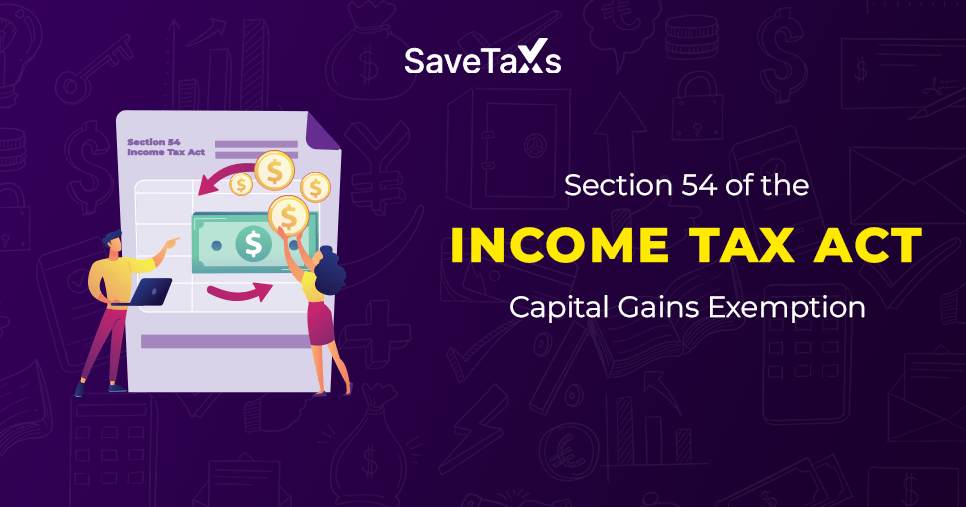
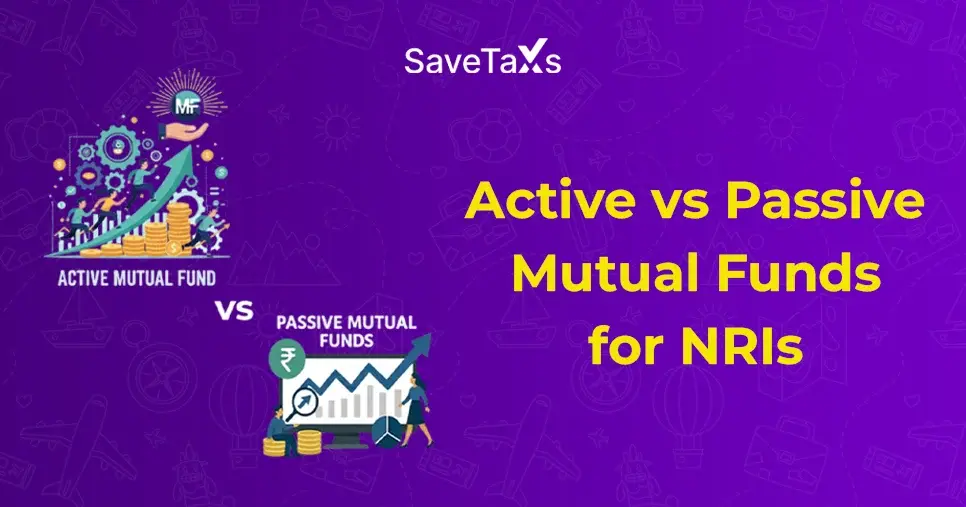
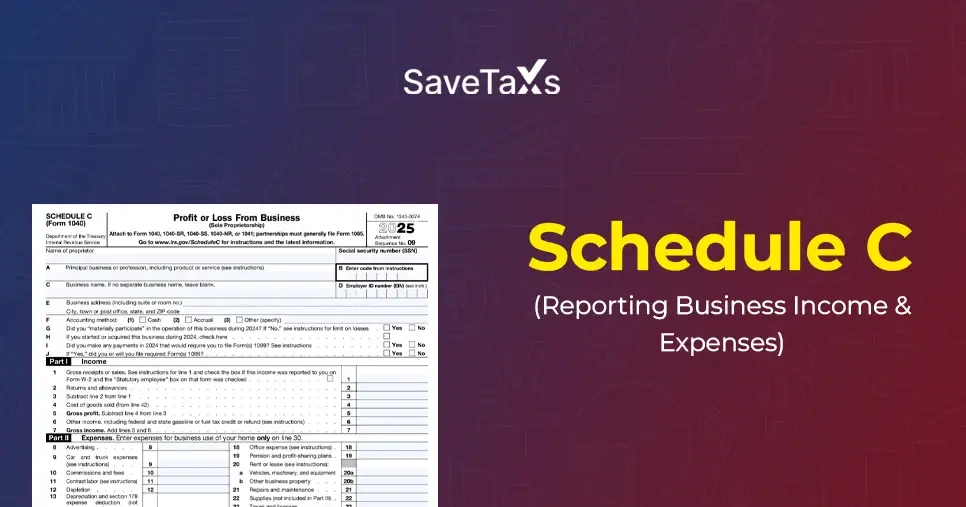
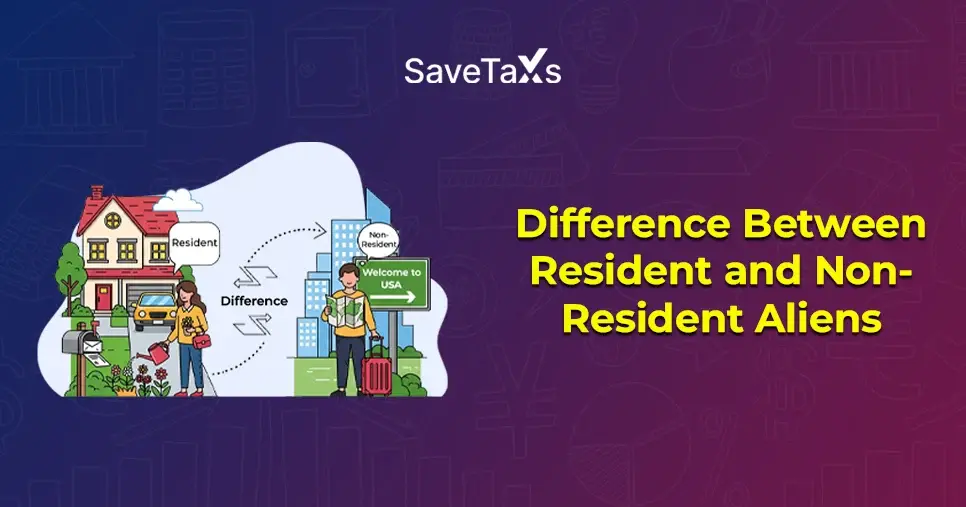
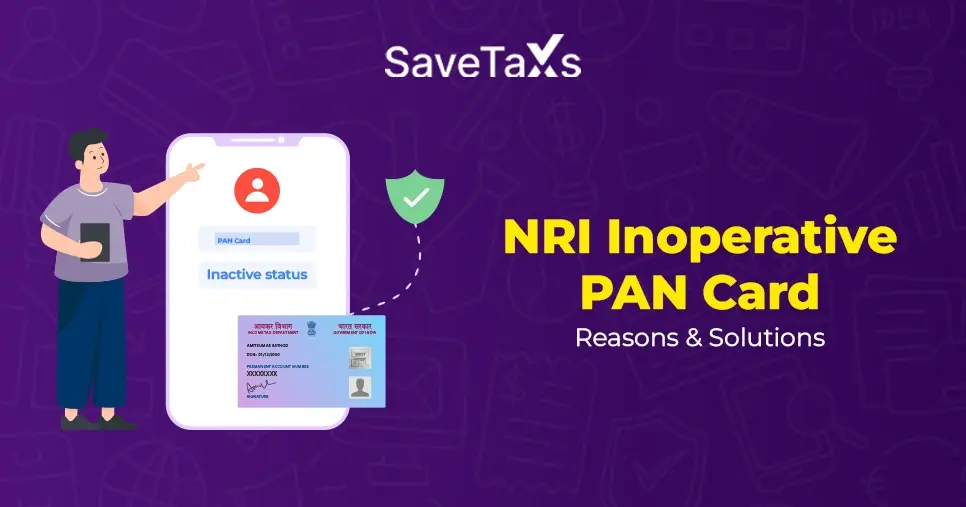
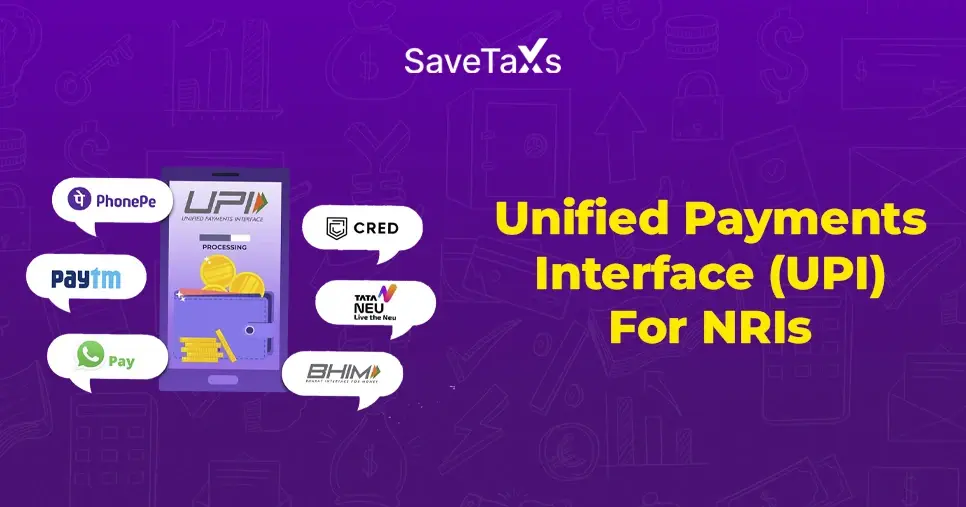
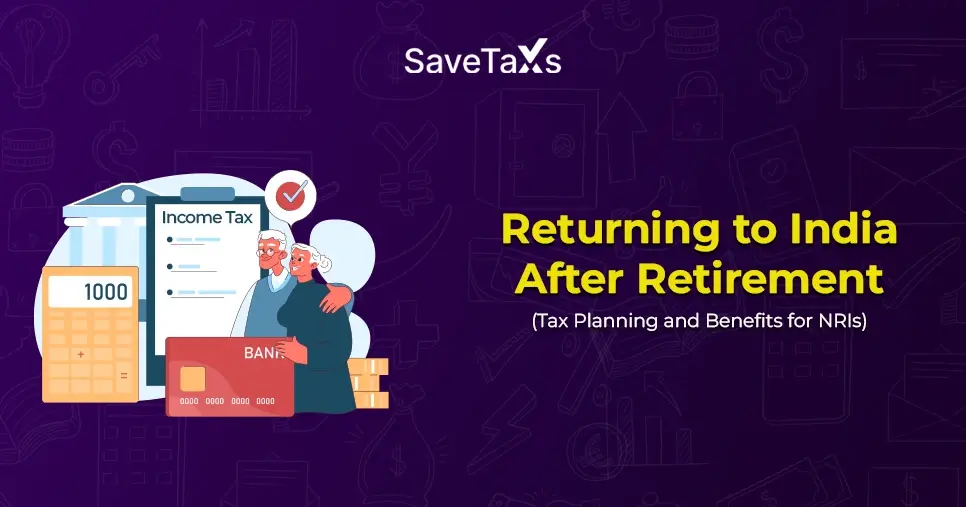
_1764918370.webp)
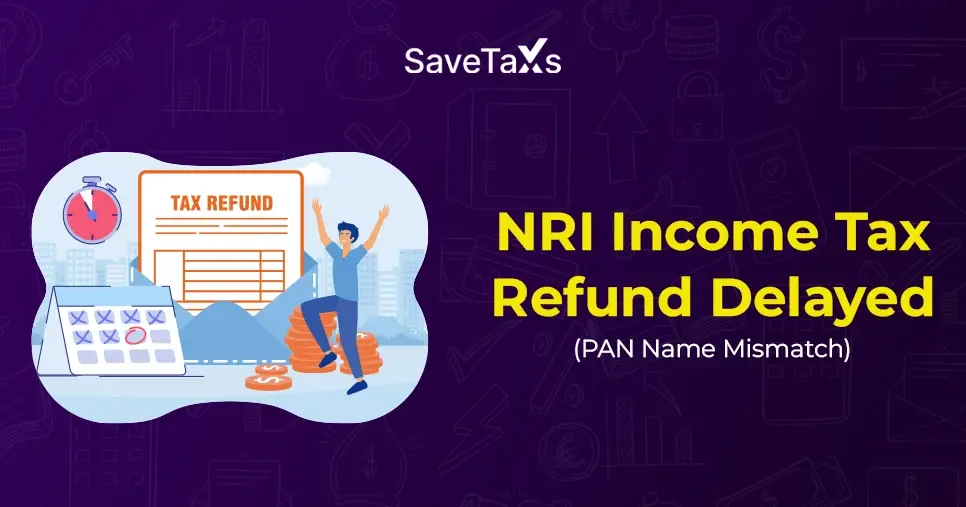
-in-the-USA_1762862398.webp)
_1754392689.webp)

_1766129179.png)
